When have you ever had a serious problem that’s gone away, just by ignoring it?
Whether it’s your personal health, a financial situation or, dare I say it, a political problem, the reality is ignoring something inevitably makes it worse.
Yet that’s what Conservative leadership candidate Liz Truss is proposing to do with Scotland’s First Minister Nicola Sturgeon, if she wins the race to become Prime Minister.
A generous interpretation of what was actually said at the hustings where the remarks were made is that Liz Truss was referring to a second independence referendum and Nicola Sturgeon’s calls for one, rather than the democratically elected SNP politician herself.
And that approach is very much in line with what the UK Conservatives, led by Boris Johnson and supported by Douglas Ross in Scotland, have been doing until now.
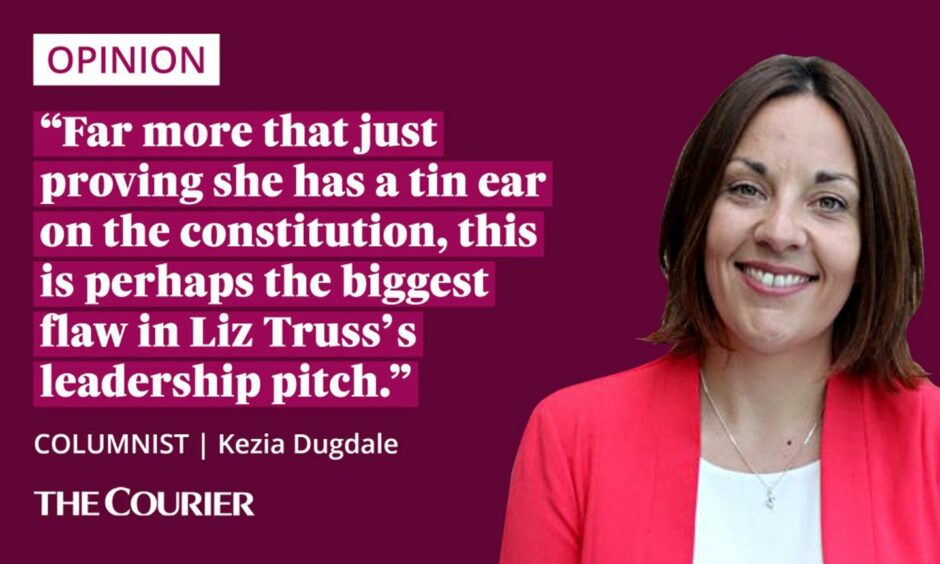
Repeatedly ignoring calls for a second referendum has worked for them so far.
And that’s unlikely to change any time soon, whichever of the leadership candidates wins the race.
But strip the generous interpretation away and there might be a deeper problem here.
A party which has Unionists in their name probably shouldn’t be playing fast and loose with the union. But is that what this represents?
Is it a cavalier throwaway remark or a new approach fuelled by exasperation at everything else that has been tried and failed?
Standing up for Scotland has played well for the SNP
You’ll struggle to find an opposition politician in Scotland who isn’t frustrated by the fact that some of the governing party’s shortcomings on domestic policy fail to stick with the public.
Liz Truss says she would "just ignore" the democratically-elected leader of the second largest nation in the United Kingdom pic.twitter.com/vGg3bh42Kn
— Adam Bienkov (@AdamBienkov) August 1, 2022
They’ll point to NHS waiting times, or the attainment gap in schools, or even last week’s drug figures and howl into the night about how no other party could get away with this.
There’s anger at the fact that even when this record is understood, it doesn’t seem to change people’s voting habits.
Academics who study voting behaviour can explain why.
I listened to one a few months ago, who was able to point to two key factors.
In a lecture addressing the question of how radical Scotland really is, Professor James Mitchell pointed to evidence which shows the key to the SNP’s recent electoral success has been their ability to establish “standing up for Scotland” as a valence issue – one where there is a broad consensus among voters.
It’s seen as a measure, in its own right, of how well they are doing.
And it means getting 10 out of 10 for that part of the test means they don’t have to worry too much about lower marks on all the rest.
Prof Mitchell also pointed to a truth that applies to the SNP now as much as it did to the UK Labour government of the 1990s and early 2000s.
It’s the reality that elections are won and lost on the centre ground of politics.
Tory party members don’t make up the middle ground
Basically that’s just common sense. The idea that the party that puts forward a policy platform which has the broadest appeal to the largest number of electors will likely win an election.
But far more that just proving she has a tin ear on the constitution, this is perhaps the biggest flaw in Liz Truss’s leadership pitch.
She’s playing to the room, to that base of Conservative support.
By the nature of being Conservative Party members, and therefore firmly and happily on the right of British politics, they have little in common with the voters in the centre ground that she’ll need to win over in any forthcoming general election.
Fair to say the love of the golf club bores and right wing rags is going to @trussliz head. Her comment that she will ‘ignore’ @NicolaSturgeon and her dismissal of a serially elected leader as ‘an attention seeker’ is both mindblowingly stupid as well as deeply offensive 1/4
— ALASTAIR CAMPBELL (@campbellclaret) August 2, 2022
Boris Johnson understood this and it’s a key part of what secured him an 80-seat majority.
Policies such as “levelling up” gave him the opportunity to demonstrate that he understood the feeling that London was awash with capital investment and opportunity, often at the expense of other parts of the country.
While that feeling applied to Scotland and Wales, it was keenly felt by voters in the North of England too.
And Johnson’s focus on the issue led many to break the electoral habits of a lifetime, changing their votes from red to blue. It explains how the red wall crumbled.
Nicola Sturgeon might not be the biggest problem for Liz Truss
The blue wall in its place, the cement for which is still drying, is looking a bit shoogly now though.
Particularly after another campaign blunder Liz Truss made this week on public sector pay.
This time she argued for regional pay boards that would allow public servants to be paid different salaries in different parts of the country.
This policy, she argued, would save nearly £9billion in the long run.
However, it led to 48 hours of debate about whether she intended to reduce and alter the salaries of teachers, police offers and civil servants, all based on their postcodes.
Policies such as this, as well as bringing back grammar schools and ignoring Nicola Sturgeon, might work well on the floor of Conservative leadership hustings. But they’ll likely bomb in the court of public opinion in a general election.
Liz Truss ignores this at her peril.
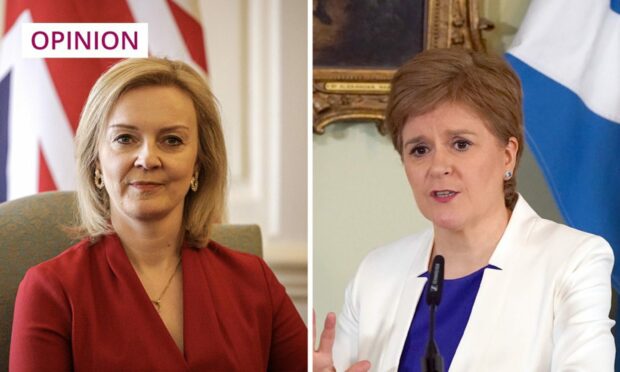
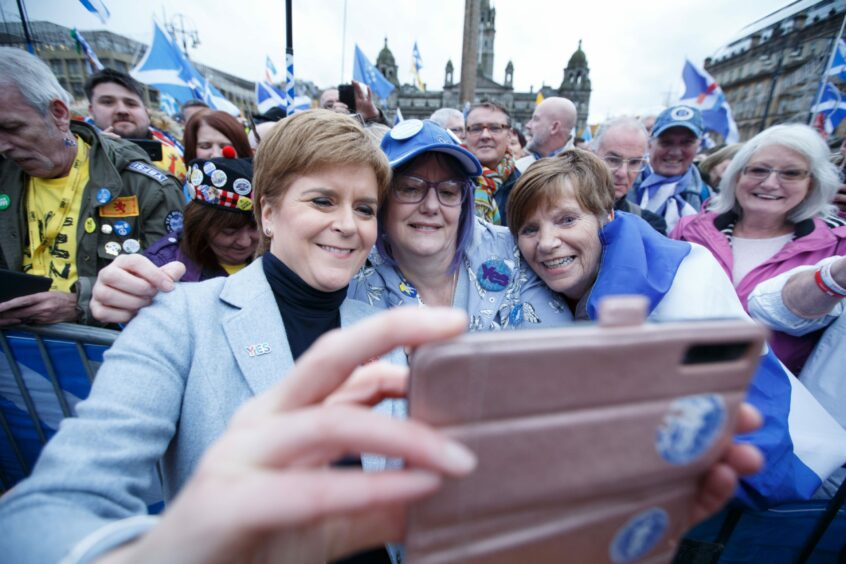
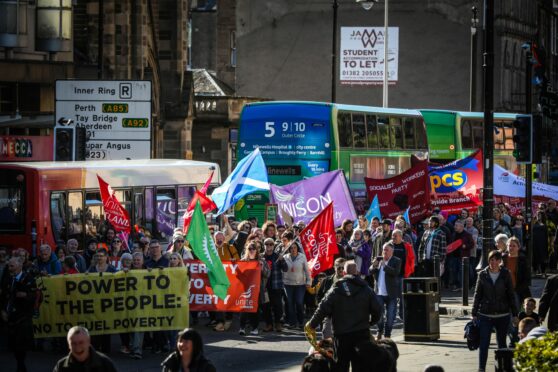
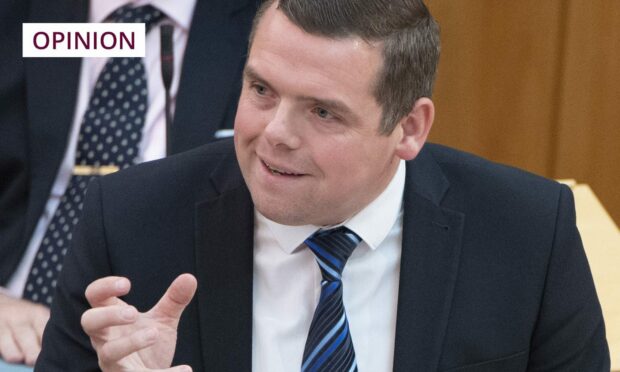

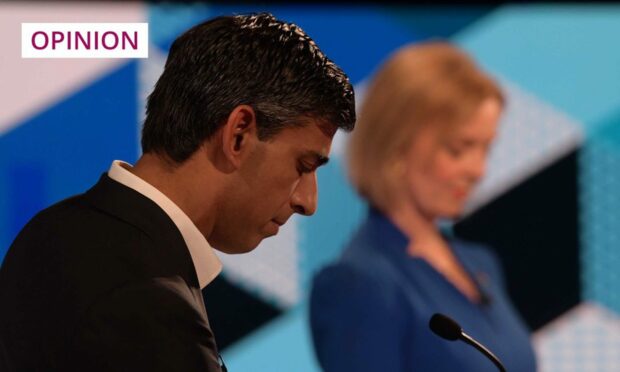
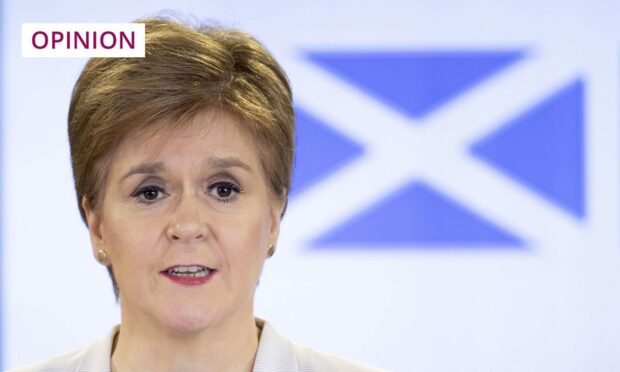






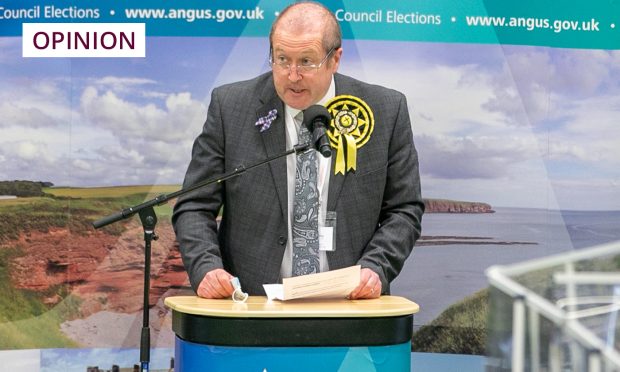
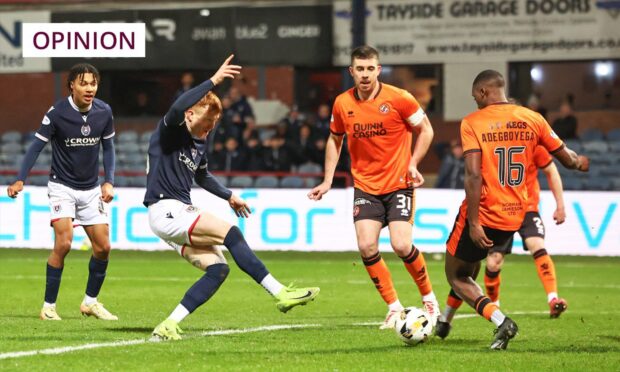


Conversation